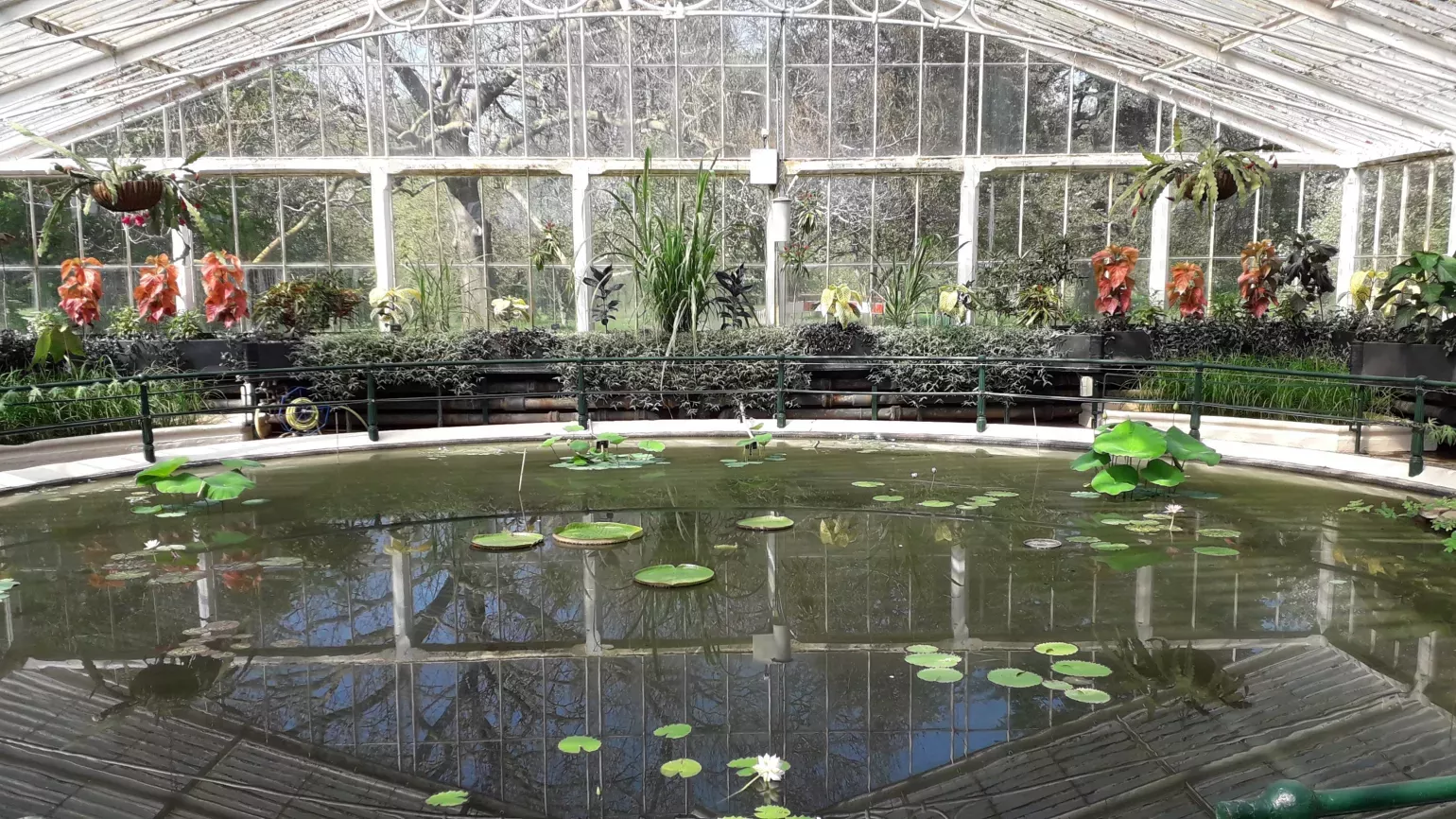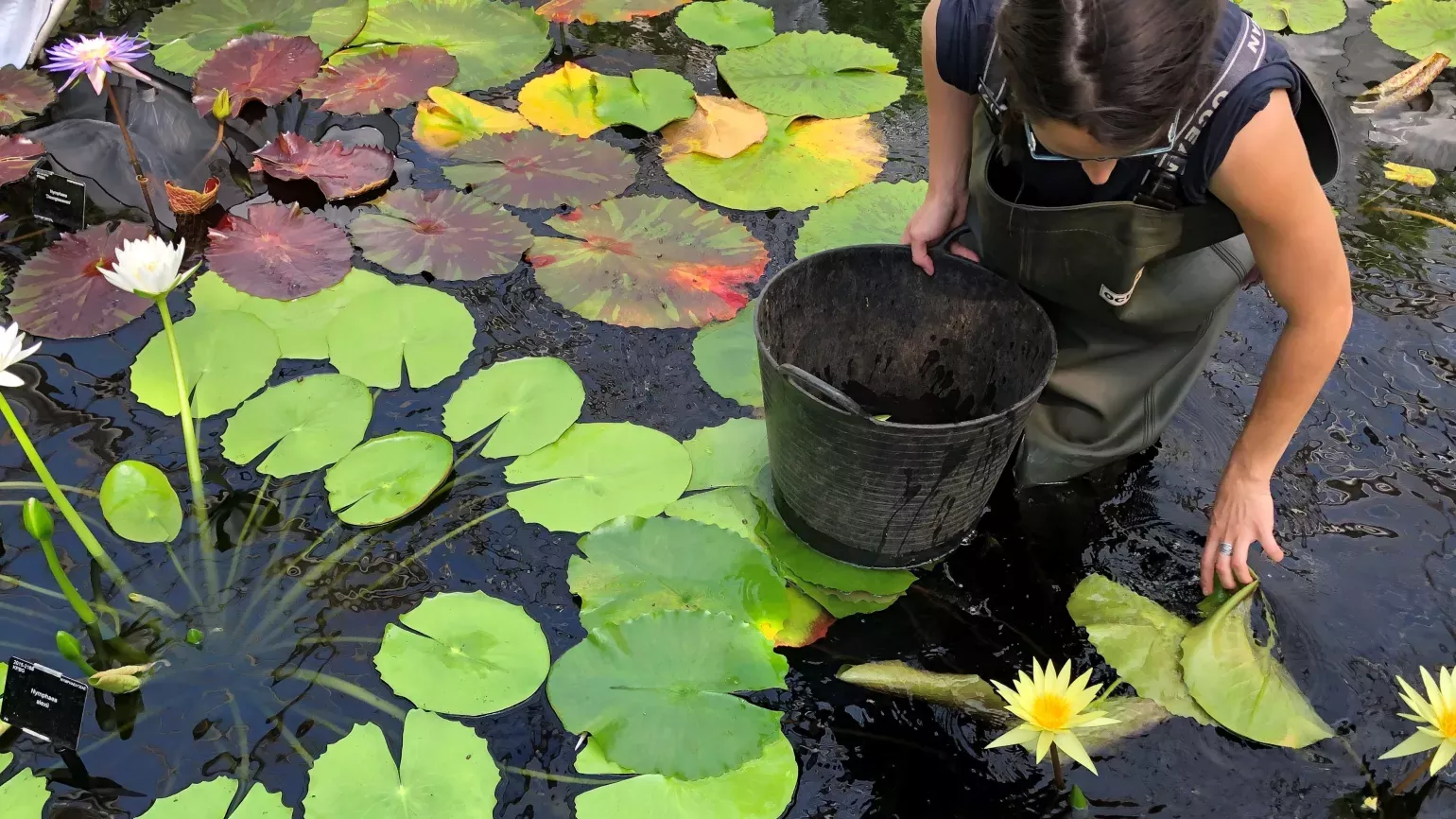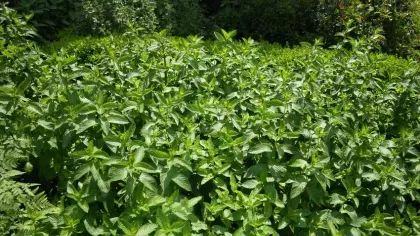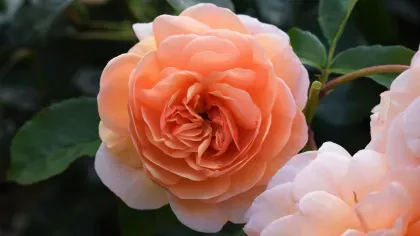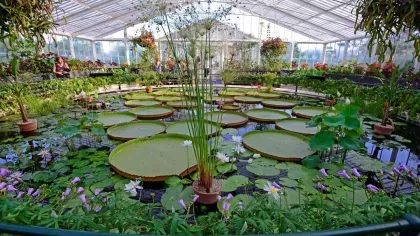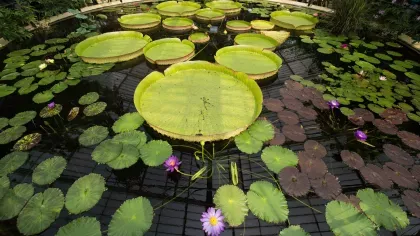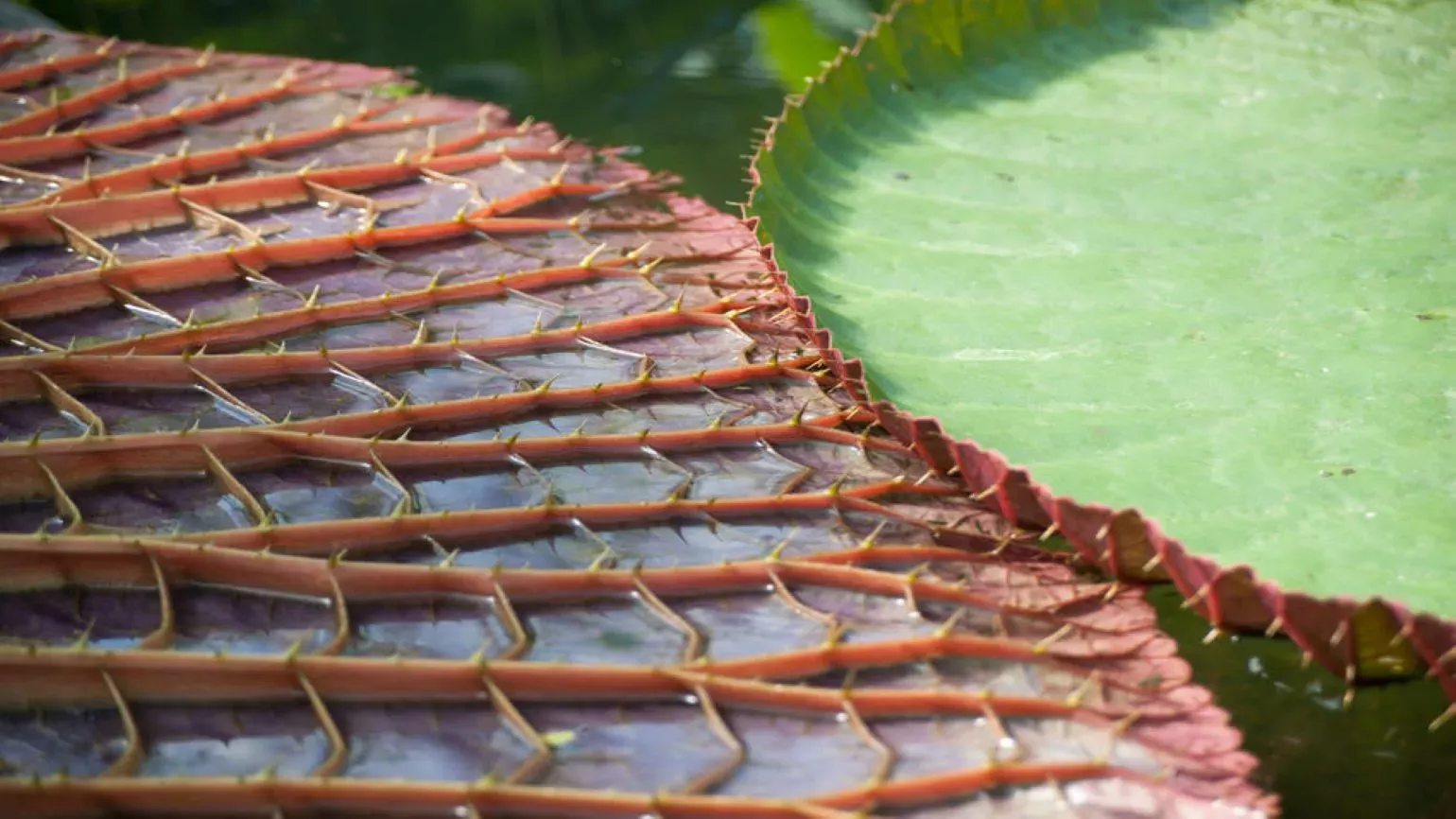
Giant waterlily
On this page
This Amazonian giant waterlily is a natural wonder of the world.
It is one of the largest of all waterlilies, with enormous leaves that can reach up to three metres wide and support the weight of a small child.
Until the description of the Bolivian waterlily in 2022, the giant waterlily was considered the largest waterlily in the world.
The Waterlily House at Kew was specifically designed to showcase the giant waterlily.
Plant description
Waterlily with huge, circular leaves that have upturned rims; a waxy upper surface with a quilt-like pattern; and a purplish-red, ribbed underside with sharp spines. The leaves are anchored by long, underwater stalks that can reach up to eight metres long. The large flowers are short-lived and open at night. They start white to attract pollinators and then turn pink after releasing their pollen.






Plant uses
Cultural
Giant waterlilies are a prized ornamental plant, grown for their huge circular leaves.
The Tupi people of Brazil regarded the flowers of giant waterlilies as objects of great beauty. According to legend, a young girl fell in love with the moon and stars and dreamt of becoming one of them one day. As she leant over water to embrace the moon’s reflection, she disappeared. To overcome her loss, a goddess transformed her into the most beautiful flower of the giant waterlily.
Food and drink
The seeds and stalks of giant waterlilies can be eaten.
Did you know?
The giant waterlily (Victoria 'Longwood Hybrid') we grew in our Princess of Wales Conservatory in 1995 got a Guinness World Record when its leaves reached a then record-breaking dimension of 2.5m in diameter.
One of Kew’s giant waterlilies was sent to the architect Joseph Paxton in the mid-19th century. Its leaves are said to have inspired his design for the Crystal Palace which was built to house the Great Exhibition in 1851.
Giant waterlily leaves are incredibly buoyant. Air trapped in the spaces between the ribs on the underside of the leaves enables them to float.
In the wild, giant waterlilies are pollinated by a beetle which is attracted to its fragrant, white, heat-producing flowers that open at night. The flower temporarily traps the beetle the next day, releases its pollen, and turns pink. On the second night, it opens again so that the beetle can visit another flower and pollinate it.
Giant waterlilies were given the Latin name Victoria amazonica in honour of Queen Victoria.
Where in the world?
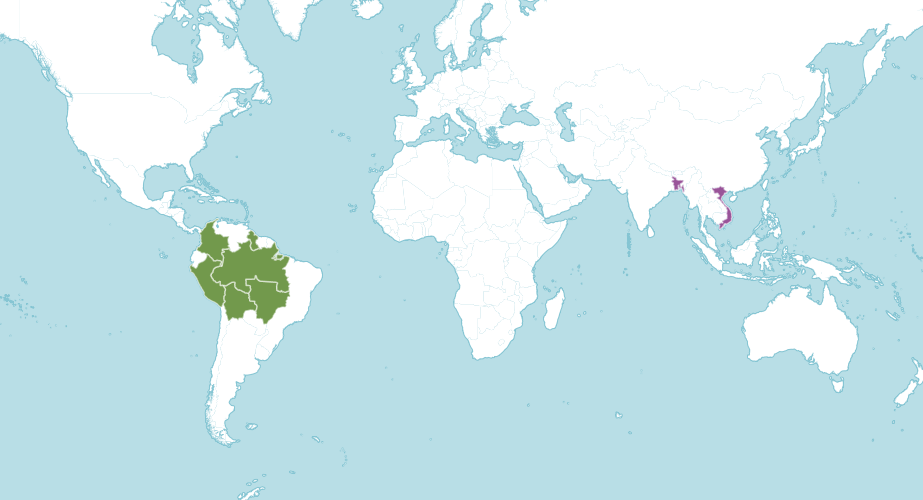
Freshwater lakes and backwaters of the Amazon basin.
Find it in our gardens
Kew Gardens
A botanic garden in southwest London with the world’s most diverse living plant collection.
Location
Waterlily House, Princess of Wales Conservatory
View map of Kew GardensBest time to see
Our work
Our expert horticulturalists at Kew grow giant waterlilies from seed every year.
Around January or February, the brown to black, pea-sized seeds of the giant waterlily are placed under grow lamps in water kept at 28–30°c in our Tropical Nursery.
New seedlings develop over the course of a few weeks with leaves roughly the size of a CD.
Around mid-March, they are planted in loamy soil in a large pot and placed in the middle of the pond in our Waterlily House which is kept at 28°c.
The seedlings are fertilised weekly with a mixture of loam and organic fertilisers that are inserted into the soil.
The leaves reach peak size in June when the days are longest. At this time of year, it takes just seven days for a giant waterlily to grow a two metre wide leaf. The enormous leaves last for around three weeks.
From July, the flowers buds begin to appear. We hand-pollinate the flowers when they open at night.
The fruit take up to ten weeks to ripen, at which point the seeds are collected. Some are donated to partner institutions, while the rest are stored in the Tropical Nursery ready to begin the growing cycle again the following year.
